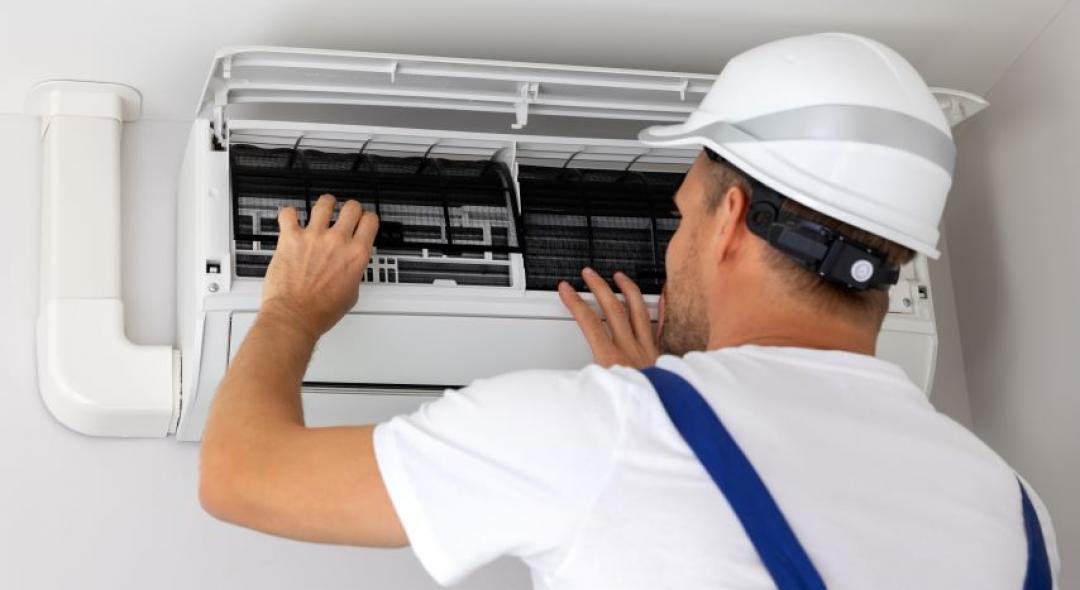Every garden benefits from having plants that grow in the shade. These are often very resilient plants that can withstand most weather conditions and add a bright and colorful aesthetic to the garden.
Besides that, they are great for creating balance in the area, helping you achieve a lush and rich selection of different plants and colors in a way that looks natural.
And finally, they basically require no extra effort for these benefits. In fact, some perennials are even easier to care for than any other plant, so they make for an excellent addition to your garden regardless!
Here are a few shade loving perennials that we recommend:
“A warm smile is the universal language of kindness. – William Arthur Ward
Fuchsia

The inspiration behind the color fuchsia, this plant is quite tolerant and can handle temperatures between 55 degrees to 80 degrees Fahrenheit without a problem.
However,
If temperatures rise higher than that, then the plant will stop flowering altogether.
That’s why fuchsias are mostly recommended in northern regions that experience mild summers. Or, if you live in a warmer area, you can enjoy them during fall where you can truly enjoy their beauty and splendor.
Put your fuchsia flowers in a tall container or a hanging basket and watch them spill over beautifully in vibrant colors.
Succulents

The great thing about succulents is that they come in all types of different colors, sizes, and shapes. Some love the sun, and others prefer shade.
In fact, certain succulents prefer light shade and they don’t do well when exposed to sunlight. You’ll know that you’re dealing with a sun-loving succulent if it starts looking weak and doesn’t flower as expected.
If this happens, then you should move the plant to a sunnier area. Examples of plants like this include aloe vera, sedum, fairy crassula, snake plant, kalanchoe, and devil’s backbone to name but a few.
Plants that like shade typically take on the appearance of cascading succulents or vines. Some examples include:
- Rosary vine
- String of hearts
- String of pearls
- Mistletoe cactus
- Burrow tail
- Wax plant
- Night-blooming cereus
- Easter cactus
- Christmas cactus
Heucheras

Often referred to as alumroot or coral bells, this perennial is the ultimate container plant. It sports durable evergreen leaves that can add color to dreary winters.
Like the other plants on this list, Heucheras prefer to be in the shade but they can handle a little bit of sunshine here and there. The best part about this plant is that it’s resistant to rabbits and deer as well!
Begonia

Because there are so many different varieties within the begonia plant families, it’s helpful to know that there’s a distinguishing factor between them and that is the root structure.
First, you have the perennial tuberous begonias that are built for outdoor cultivation, and then you have houseplant begonias with a fine-fibrous root system.
Both varieties thrive in well-drained soil and low light conditions. The tuberous kind is more of a summer plant granted it has enough shade, but it can handle a bit of sun in the northern regions.
Most people grow tubers in pots so that they can be moved to a cool and dark place in the winter. Otherwise, this is a very resilient and low-maintenance plant species. You only need to water them once per month and they love being paired with heuchera and hosta.
Hydrangea

Hydrangeas can be grown in pots as well, provided you’re able to keep them hydrated. That’s because they tend to get thirsty when grown in pots of 18 to 20 inches across, as opposed to those grown in the ground.
A nice large pot provides enough space for the roots to spread and planting them in a pot means that you can decide on the optimal location for maximum sun and shade exposure.
Ferns

Hanging ferns are very popular as they look beautiful when placed on a patio or balcony. But, you should be careful not to expose your ferns to direct sunlight and keep them hydrated at all times so that the soil doesn’t get dry.
Otherwise, this is another low-maintenance plant that’s very easy to grow. Just protect them from heavy rains and wind!
Lamium

Lamium is often referred to as deadnettle and it’s one of the mint family’s most carefree and low-maintenance plants.
In the summertime, it blooms in silvery foliage with white and pink flowers that look like snapdragons. The Lamium doesn’t mind sharing space with other shade loving shrubs, and it makes for fantastic groundcover.
Hosta

Hosta is one of the most well-known shade-loving plants. Like most of its counterparts, it feels at home in pots, but the soil must be rich and well-drained at all times. That way, you can ensure that your plant is thriving.
Avoid the Hosta if you live in an extremely dry area because they love water and moisture. Also, make sure to place them in a partly shady area where they won’t get too much sun exposure.
The Hosta blooms in lavenders, after a host of spikey white flowers that grow in shade. If there’s one thing you can be sure of, it’s that Hostas will attract a lot of bees to your garden, as well as hummingbirds and butterflies.
On the other hand, rabbits and deer seem to enjoy the plant’s green leafy foliage as well, so look out for that.
Did you know houseplants improve indoor air quality? They bring many other benefits as well, so don’t think twice before adding a few to your home!
MORE FROM HOMEYOU
6 Ways To Keep Your Garden Low-Maintenance
7 Creative Indoor Garden Ideas for Your Home
Coronavirus: How To Maintain a Good Indoor Air Quality at Home
